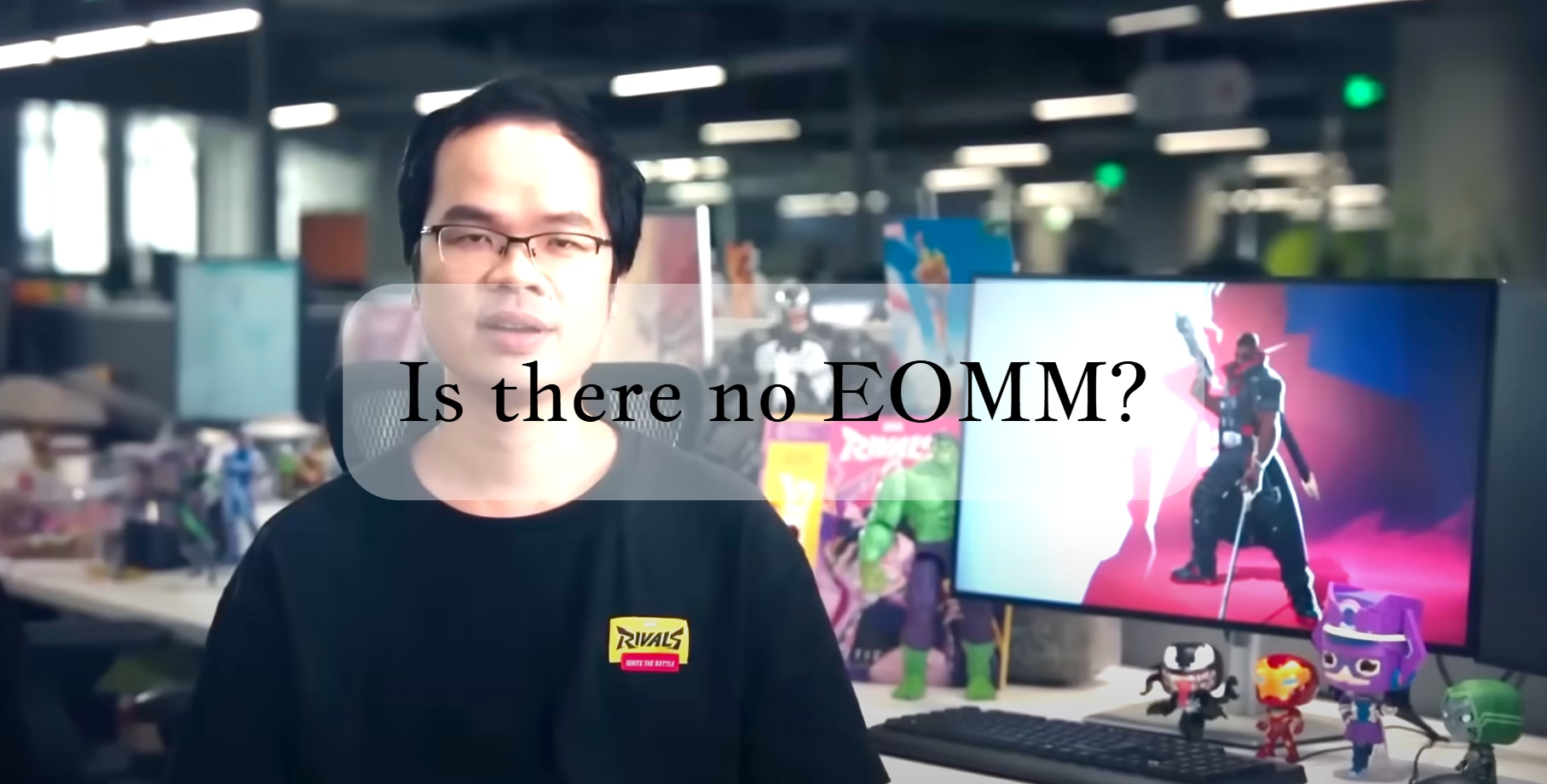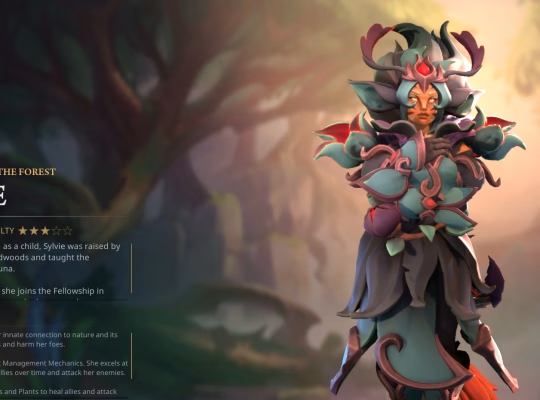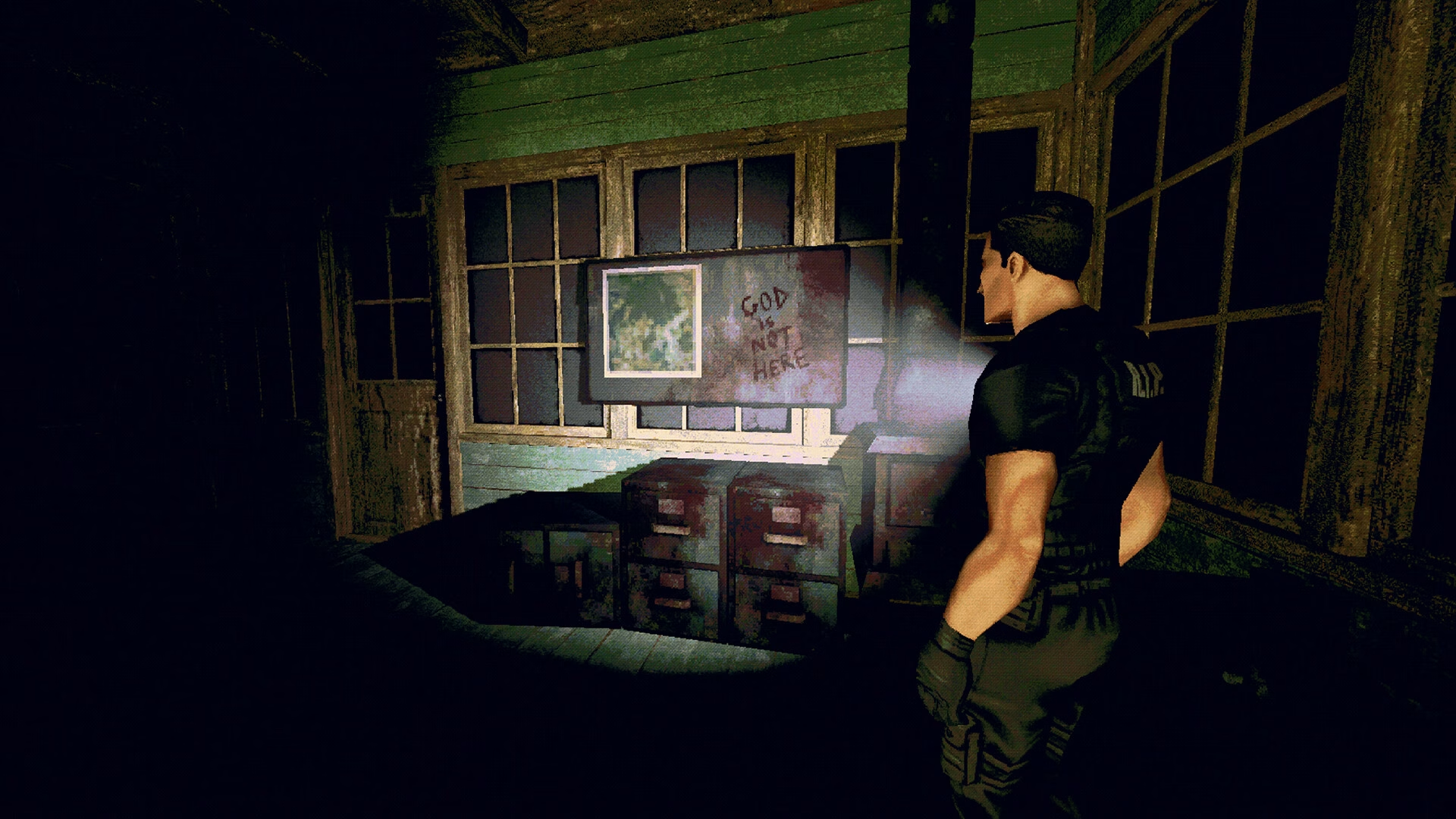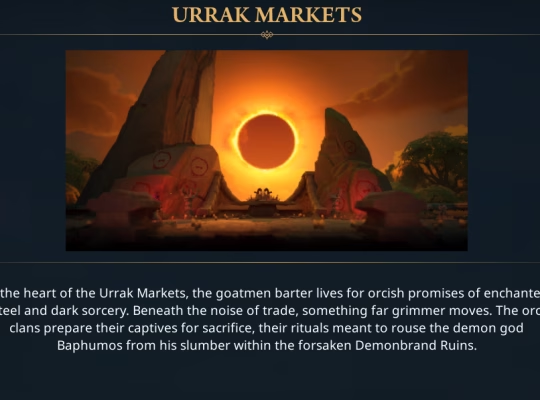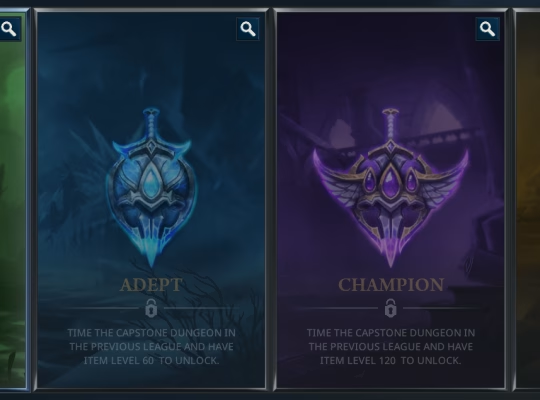Since Marvel Rivals launched as a live service competitive hero shooter, matchmaking has been one of the most frequently debated topics among players, content creators, and journalists. The term EOMM, Engagement Optimized Matchmaking, has become the focal point of that debate, with many players claiming they see patterns consistent with an algorithm that prioritizes engagement over pure fairness. Developers have responded publicly, and the back-and-forth has intensified as the game receives fresh seasonal content and balance updates. Below is a compact snapshot of the essential facts readers often want first, followed by deeper analysis, community perspectives, recent patch context, and practical takeaways.
| Topic | Quick takeaway |
| Core claim | Some players believe matchmaking is tuned to maximize engagement rather than pure fairness, which they call EOMM, possibly causing streaky results. |
| Developer stance | NetEase and lead designers publicly deny using EOMM, they describe matchmaking as a hidden skill rating system and have released a developer video explaining mechanics. |
| Community mood | Skepticism remains widespread, with vocal threads on Steam and Reddit, and analysts urging data driven studies to confirm or refute patterns. |
| Recent content | A Chrono-Storm event and patch landed around August 28, 2025, coinciding with seasonal transitions, which may affect player activity and perceptions. |
| What to watch next | Developer follow-ups, independent match data analyses, and metrics on player retention and queue behavior, any of which could make explanations clearer. |
What EOMM Means, And Why Players Are Uneasy
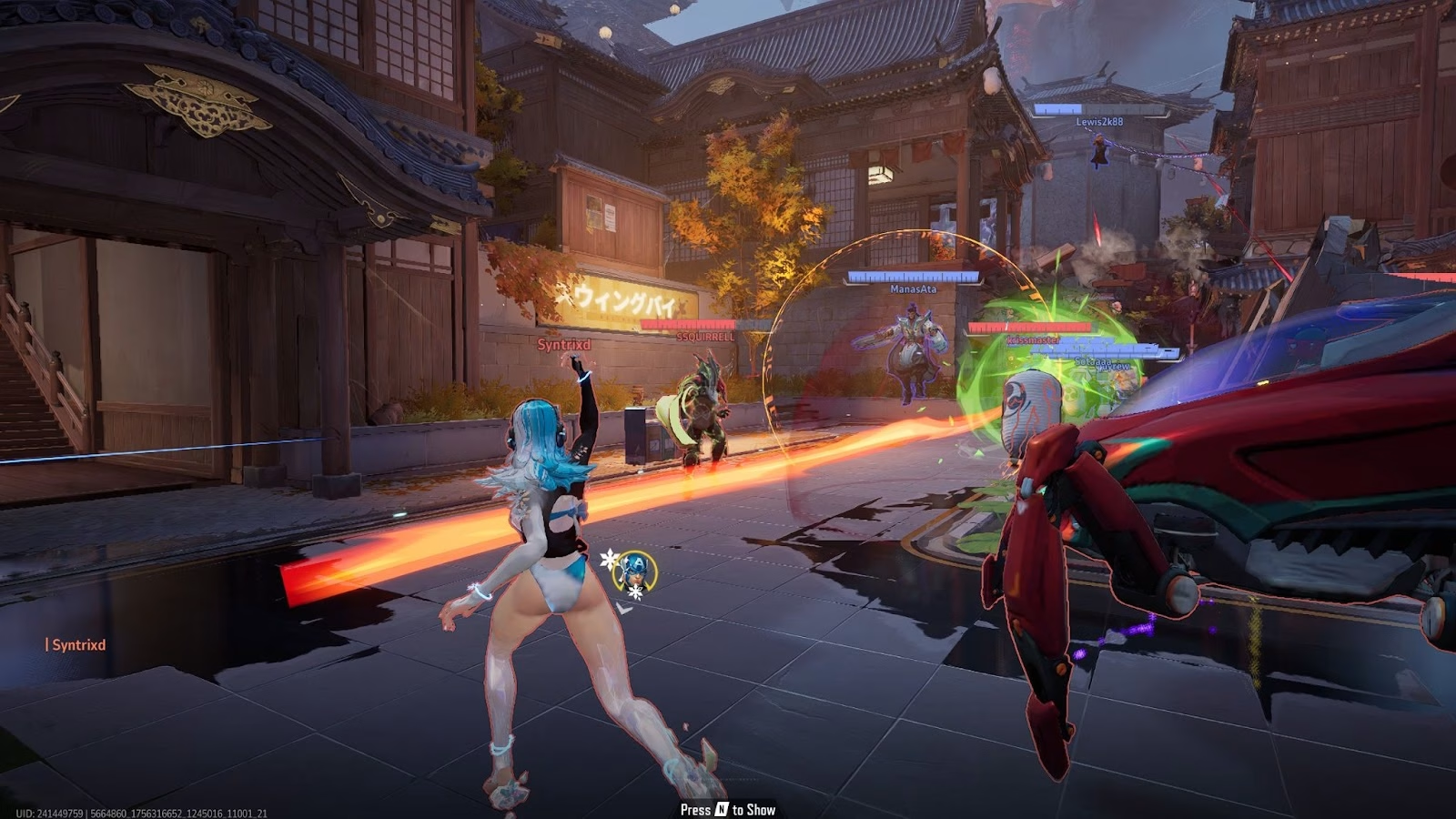
Engagement Optimized Matchmaking, as a concept, refers to matching algorithms that deliberately shape player outcomes to keep people playing longer, often by using behavioral signals – for example win or loss streaks, session length, or other engagement metrics. In the context of a competitive shooter, players worry that such systems may subtly change match difficulty, intentionally or not, to preserve retention metrics. The primary worry is ethical and experiential, it is about whether game systems prioritize company goals over fair, predictable competition.
This debate is complicated by several factors that require careful attention. First, competitive games naturally produce streaks, and humans are not well calibrated to judge randomness, so anecdotal impressions can overstate underlying patterns. Second, live service games routinely use multiple layers of matchmaking criteria – such as skill rating, region, ping, and premade party size – which interact in ways that can look like deliberate manipulation even when they are not. Third, transparency is uneven across studios, so developer statements and publicly available explanations carry more weight than they might once have. And in the opinion of our experts from Rivals Sector, these reasons mean that any definitive conclusion about EOMM in Marvel Rivals likely requires a rigorous, data-driven study rather than individual anecdotes.
Developer Responses And The Recent Explainer Video
Facing mounting discussion, the studio behind Marvel Rivals publicly addressed EOMM allegations. Developers, including lead combat designers, have stated the game does not use EOMM as popularly defined, and they have published a video walkthrough explaining how matchmaking and ranking adjustments work in practice. According to those explanations, the system relies on a hidden skill rating and adjusts competitive points based on relative performance, with safeguards to avoid blatant mismatches such as limiting very large premade groups in ranked queues.
Those clarifications are important, yet they rarely end the conversation. Official denials are meaningful, and the video does provide more technical detail, however some players remain unconvinced for a few reasons. One, the term EOMM can be broad, and studios might implement retention aware features without labeling them EOMM, which leads players to suspect semantics are at play. Two, even honest explanations of complex systems do not always translate into player trust, especially if players have experienced repeated frustrating matches. Three, developer transparency often focuses on mechanics rather than live telemetry, so independent verification is still desired by many observers. For these reasons, the developer video is a significant step toward clarity, but it possibly will not be the final word, and further data and follow up communication are likely required.
How The Community Is Interpreting The Situation
Players have reacted in multiple, sometimes conflicting ways. A portion of the community accepts the developer statements and attributes streaks to natural variance, queue constraints, or the inherent difficulty of matching solo players with premade teams. Another portion remains firmly suspicious, citing frequent anecdotal examples of “slot machine” like matchmaking where short term outcomes appear engineered to be emotionally compelling. Some analysts and content creators have produced videos and threads attempting to demonstrate patterns, while others remind viewers that human pattern recognition is biased and requires statistical controls.
This split is not unique to Marvel Rivals, it mimics debates seen in other live service titles, where transparency and trust can erode quickly if players feel outcomes are unpredictable or unfair. Many community threads call for open telemetry – meaning anonymized match data or aggregated statistics – that third parties could analyze. That kind of data sharing may be technically and logistically difficult, and it may raise business or privacy concerns, but it might be the clearest way to either substantiate or dismiss EOMM claims. In the meantime, discussions continue in public forums, with sentiment fluctuating as new patches or developer statements appear.
The Latest Content And Patches, And Why They Matter To This Debate

Concurrently with the matchmaking controversy, Marvel Rivals has deployed seasonal content updates and events intended to keep player engagement high. A Chrono-Storm event launched around August 28, 2025, offering tokens and limited activities, and the roadmap points toward a Season 4 transition that introduces new content and hero adjustments. Patch notes in late August included balance adjustments, bug fixes, and event features that typically change player behavior, queue lengths, and the mix of players online.
These content pushes matter for two reasons. First, events and patch cycles change the active player base composition, which can naturally alter matchmaking outcomes and the perceived frequency of good or bad matches. Second, some players interpret strong content cadences as a distraction technique, though it is equally plausible the studio is simply following a standard live service cadence to support the game. In short, fresh content can both complicate matchmaking analytics and influence community sentiment, therefore it is sensible to treat content updates as contextual factors rather than direct evidence for or against EOMM.
Possible Explanations – Balanced Scenarios That Require More Research
There are several plausible models that could explain the observed player experience, each of which has different implications:
- Natural variance and queue constraints, coupled with confirmation bias, produce the impression of manipulation. This explanation requires only commonly accepted statistical behavior in small sample sizes.
- A system based on hidden skill rating and pragmatic queueing heuristics unintentionally produces streaky matches as side effects, rather than as an intentional engagement tactic. If true, design adjustments and clearer communication might reduce player frustration.
- A form of engagement aware tuning exists in parts of the live service platform – for example to avoid long losing streaks that drop players out of the game – but it is not called or presented as EOMM by developers. This would be the most controversial scenario, and it would require concrete evidence to substantiate.
At present, distinguishing among these models requires aggregated match data, careful statistical analysis, and continued developer transparency. Any definitive claim without such study would be tentative, and readers are encouraged to treat strong assertions skeptically until more robust evidence appears.
Practical Advice For Players Right Now
If you are a Marvel Rivals player worried about matchmaking fairness, consider these practical steps that may reduce frustration or help you contribute to useful analysis:
- Track matches methodically, rather than relying on memory, by noting queue times, match outcomes, team compositions, and whether you queued solo or in a group, this could help you and others spot patterns that pass simple statistical checks.
- Try different queue options, including playing with stable premades where possible, to test how group size affects experience.
- Participate in community surveys or curated data collection efforts, if they arise, because aggregated samples are more informative than isolated anecdotes.
- Pay attention to developer communications and replay or video segments where designers explain mechanics, but remain critical and seek follow up questions when explanations are vague.
These steps do not resolve the systemic question, but they can help an individual player regain some control over their experience and contribute to collective clarity.
Final Thoughts
The question of whether Marvel Rivals uses EOMM in the strict sense remains contested. Developers have denied using EOMM and have provided a detailed explainer of how matchmaking works, which is an important step toward transparency, however skepticism persists among parts of the community. There are multiple plausible explanations for the patterns players report, and most of them require additional data and analysis to confirm. Given the evolving nature of the game and its seasonal updates, new information could change the assessment quickly, therefore ongoing attention to developer statements and independent analyses is likely to be informative.


